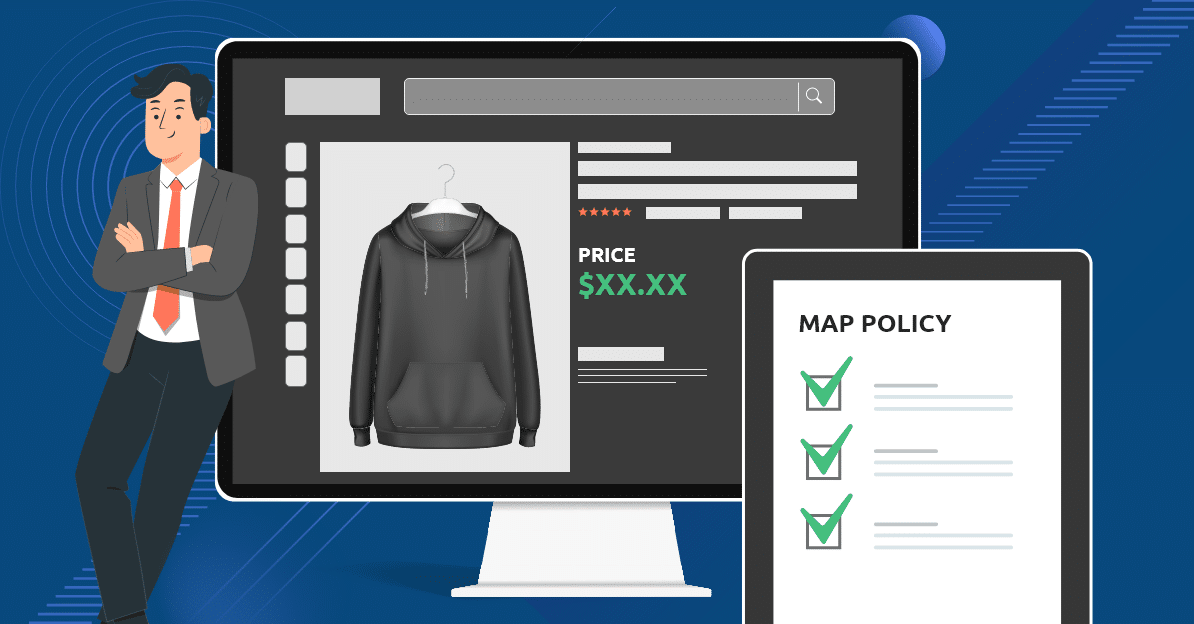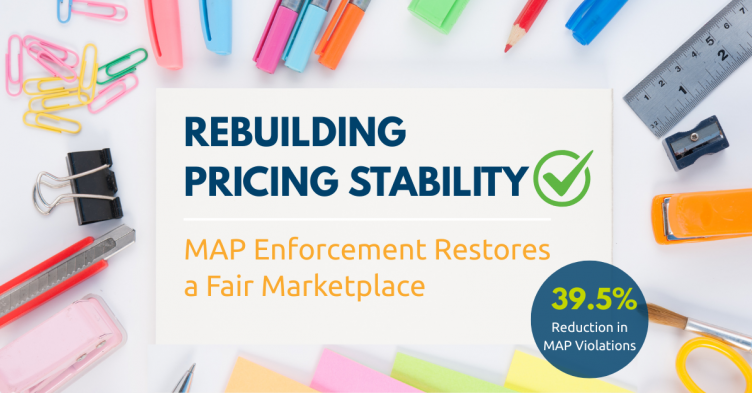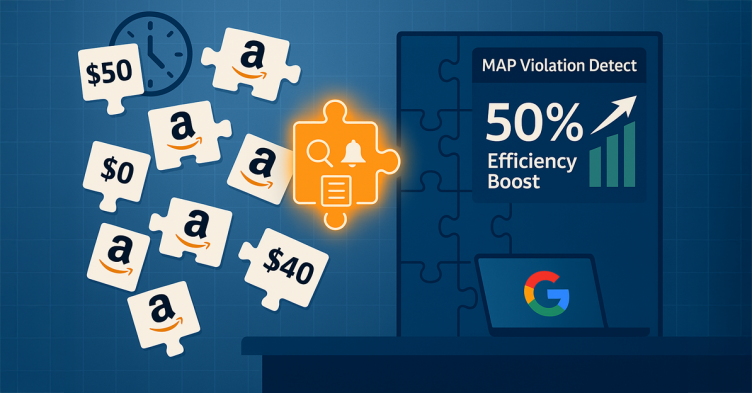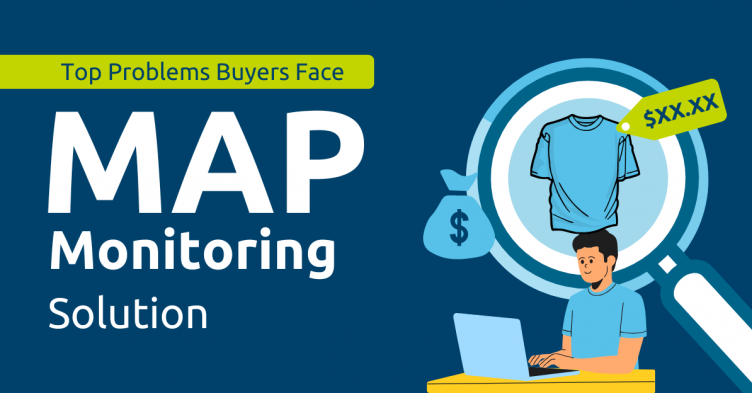The world of B2B authorized sellers is a complex ecosystem teeming with opportunity… and challenges. While your products may reach far and wide, managing the reseller and distribution channels can feel like navigating a labyrinth. From unauthorized retailers to MAP violations, and bad reviews to fraudulent sales, the intricacies of this landscape can test even the most seasoned brand.
We understand these struggles you face, and in this article share how you can enforce Minimum Advertised Price and channel policies for your brand. We’ll guide you through various complexities, identify the top performers, and help you craft reseller-friendly communication strategies.
Issues Faced by Authorized B2B Sellers
Authorized B2B sellers in the US are exposed to various reseller and channel problems. You observe authorized sellers marketing your products, encounter unauthorized sellers, and witness sellers authorized to sell only in the UK appearing on US marketplaces like Amazon US and Google Shopping US. You find sellers carrying your products and selling at MAP Price get poor reviews that tarnish your brand. You spot sellers peddling fraudulent products. You find retired products getting resold. You notice your products bundled with others to create new packages. Google Shopping gives you the lens to this displaying this entire spectrum – showcasing which sellers are selling your products and how. Amazon, Walmart, Target, and other marketplaces provide the same lens on their sellers. You must be on top to navigate both your US and Canadian markets.
Recognize tiers of MAP Violators
MAP violators can be categorized into three tiers. The first tier is sellers that may have mistakenly made minimum advertised price violations. These sellers may have made the errors due to a lack of good understanding of map policies and guidelines. In the second tier are sellers that violate minimum advertise pricing despite having a full understanding of map pricing guidelines. Authorized sellers or brands need to regularly monitor these map violators to ensure compliance and enforcement. The third tier has sellers that make map price violations due to faults in their pricing system. Addressing issues here requires addressing their technical infrastructure challenges.
Understand Seller Types
You must understand how sellers and their prices change day by day in different marketplaces at an SKU level. You need to customize your Minimum Advertised Price tracking to understand this mix of sellers in your markets. The data from tracking MAP prices at an SKU level and market can help you understand these four types of sellers –
- Sellers from other countries dumping/selling their products in the US – despite being unauthorized to do so
- Fraudulent sellers
- Sellers with bad/negative reviews tarnish your reputation.
- Authorized sellers that violate MAP
You must track all these issues during times of change. For example, you want to switch off monitoring during a MAP holiday such as Black Friday or Cyber Monday. You want to update your MAP price when a new pricing sheet comes to you. This may be annually or at whatever frequency the brand publishes. You want to adjust when the brand offers promotions at different times of the month. You must ignore MAP Price violators on SKUs that are no longer sold. Additionally, you want to ensure you factor case pack with your product is sold with others as a case pack.
Map Price Violation by Sellers Unauthorized to sell in the country
There are numerous cases in which B2B sellers from various countries, including the UK, Canada, and others operate within the US market. The following approaches can be employed to monitor and address such situations on an ongoing basis –
- Communicate with sister companies in different countries to request that the violating company is not authorized to sell in the US.
- Have an open dialog with colleagues in other countries to prevent such issues.
- Have an open dialog with the Parent company to help police and enforce country-level channel conflict.
Enforce Minimum Advertised Price and Clamp Down Map Violators
One of the best ways to enforce these violations is to reach out to the MAP violator sellers. However, you must send these violators different types of messages based on the severity and frequency of breaches. You might have to file Minimum Advertised Price violation reports with marketplaces such as Amazon, Google, Walmart or others. You should regularly follow up with these marketplaces and ensure that the violations are stopped. Sometimes picking up the phone and having a dialog versus sending a stern letter can bring the violating seller to the table.
Other ways to clamp down on Minimum Advertised Price Policy violators are the following.



